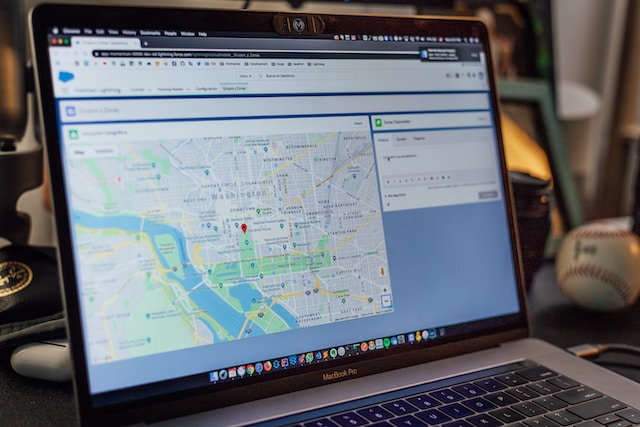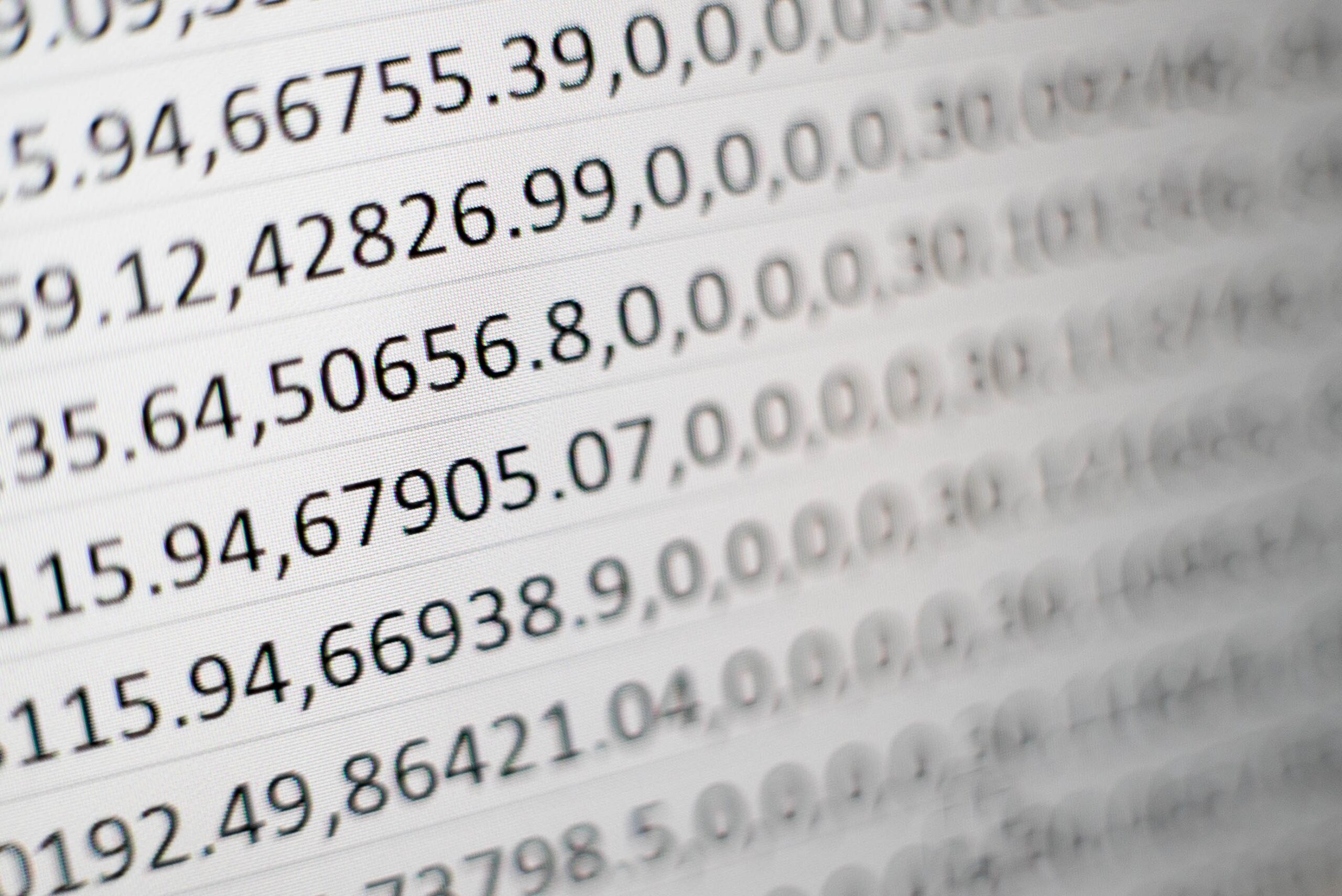Scraping Google Flights data can be a valuable strategy for businesses and individuals in the travel industry. Whether you’re tracking flight prices, comparing airlines, or conducting market research, Google Flights provides a wealth of information that can be useful for decision-making.
In this article, you can find 2 methods on how to scrape Google Flights data easily. Both coding and non-coding solutions are included, so it will be okay if you have no ideas about coding. We will also explain what types of data can be scraped from Google Flights and how to use it for different purposes.
Why Scrape Google Flights Data
Scraping Google Flights data can offer multiple advantages to businesses, marketers, and researchers. Here’s why it’s worth the effort:
- Price Tracking: Keep track of flight prices for specific routes and destinations. This is particularly useful for building price comparison tools or understanding pricing trends over time.
- Market Research: By collecting data on flight availability and prices, you can gather information about consumer preferences and travel behavior.
- Competitive Analysis: Track competitors’ prices and offerings in real-time to adjust your pricing strategies accordingly.
- Lead Generation: Collect valuable flight data to generate leads for travel agencies, booking platforms, and affiliate marketing programs.
- Sentiment Analysis: Analyze user comments or feedback about airlines and flight routes for deeper insights into customer sentiment.
With the right tools, you can automate the data collection process, saving valuable time and resources while obtaining critical data for your business.
What Data Can You Get from Google Flights
Google Flights is packed with valuable data points that can be scraped for analysis. Here are some key data types you can extract:
- Flight Prices: Scrape the prices for specific routes, airlines, and travel dates. This can help track price fluctuations and compare offerings across airlines.
- Flight Routes: Extract details about departure and arrival cities, airline routes, and the flight duration.
- Airline Information: Scrape the name of the airline, flight number, and the type of aircraft being used.
- Departure and Arrival Times: Collect the scheduled times for departures and arrivals, as well as time zone differences.
- Layovers: Information on whether a flight is direct or has layovers, including layover durations and locations.
- Flight Availability: Gather real-time data on available flights, seat availability, and booking options for specific routes.
- Flight Deals: Track special offers, discounts, or limited-time promotions for specific routes or airlines.
This data is particularly valuable for companies working in travel pricing, flight comparison websites, and businesses looking to offer competitive pricing and market research insights.
Is it Legal to Scrape Data from Google Flights
Before extracting data from Google Flights, you should consider the legacy problems. Generally speaking, it is okay to scrape the public data on the web pages. However, you should also pay attention to the local laws and user privacy protection rules of your countries and areas. What’s more, the data usage is also important for your purpose.
You can pay attention to the following aspects if you still have worries.
- Respect Robots.txt: Ensure that you’re scraping content that is permitted by Google’s robots.txt file. This file outlines which parts of the website are allowed to be crawled or scraped.
- Adhere to Terms of Service: Scraping Google Flights may violate their terms of service if you scrape large amounts of data aggressively. Always review Google’s policies before scraping.
- Scraping Responsibly: Use rate limiting and request delays to ensure that you’re not overwhelming Google’s servers. Avoid making frequent requests in a short period of time to prevent IP blocking or other disruptions.
By adhering to these guidelines, you ensure that your scraping practices remain within the bounds of ethical standards and legal requirements.
How to Scrape Google Flights Data Without Coding
If you’re looking for an easy, no-code solution, Octoparse is an excellent tool to scrape Google Flights data. It provides an auto-detecting function to help you recognize the data fields you want to scrape automatically. It’s okay if you know nothing about coding because what you need to do is click on the buttons. What’s more, you can use the preset templates to get data from popular sites within clicks.
Advanced functions can also be found in Octoaprse, such as cloud scraping, pagination, infinite scrolling, CAPTCHA solving, time scheduling, etc. Those functions can help you customize your scraping needs but in an easier way.
Turn website data into structured Excel, CSV, Google Sheets, and your database directly.
Scrape data easily with auto-detecting functions, no coding skills are required.
Preset scraping templates for hot websites to get data in clicks.
Never get blocked with IP proxies and advanced API.
Cloud service to schedule data scraping at any time you want.
Preset templates to get Google Flights data online
As mentioned above, Octoparse preset data scraping templates asked for no download and extract data within clicks. You can preview the data sample it gives and enter the asked parameters to start scraping. Click the link below to scrape information including airline, date, price, stopovers, duration, etc. of flights in Google Flights by keywords.
https://www.octoparse.com/template/google-vuelos-scraper
Extract data from Google Flights without coding
Step 1: Paste Google Flights target link into Octoparse
Download and launch Octoparse on your device. Enter the Google Flights URL or the specific page you want to scrape (e.g., flight listings for a specific route) into Octoparse main panel, and click on Start to begin auto-detecting.
Step 2: Customize Google Flights data fields
Create a workflow after the auto-detection, and check if the data fields meet your needs. You can modify the accurate data fields by XPath or Regex, and delete the unwanted parts. Set pagination to get multiple pages of data if needed.
Step 3: Run Google Flights crawler to extract data
After configuring the workflow, click on Run to start the extraction process. You can also run tasks on the cloud, which allows you to scrape data without relying on local resources.
After scraping, you can easily export the data in various formats like CSV, Excel, Google Sheets, JSON, etc.
Steps to Scrape Google Flights Data Using Python
For those who prefer a coding solution, Python provides the flexibility to scrape Google Flights data programmatically.
5 Steps to get data from Google Flights with Pything
Step 1: Install Required Python Libraries
First, install the necessary libraries for web scraping:
Step 2: Set Up the Scraping Script
Using requests and BeautifulSoup, you can scrape static content. However, for dynamic content, Selenium is required. Here’s a sample Python script to get started:
Step 3: Extract Relevant Flight Data
You can extract various pieces of data like prices, flight details, and airlines using XPath or CSS selectors.
Step 4: Handle JavaScript Rendering with Selenium
Since Google Flights dynamically loads data using JavaScript, Selenium can be used to simulate a real browser session, ensuring that all elements are loaded before extraction.
Step 5: Store the Data
After scraping, save the data in a CSV or JSON format using Pandas for easy analysis:
Final Thoughts
Scraping Google Flights data can provide valuable insights into flight pricing, routes, and trends. Whether you choose Octoparse for its user-friendly interface and no-coding features or Python for more advanced control, both solutions offer effective methods for extracting the data you need. With the right techniques and ethical practices, you can automate the process of scraping Google Flights data and leverage it for various applications, such as price tracking, market research, and competitive analysis.
Choose Octoparse to streamline your Google Flights data extraction and gain a competitive edge in the travel industry. No matter if you know nothing about coding, or just want to save time and energy.




